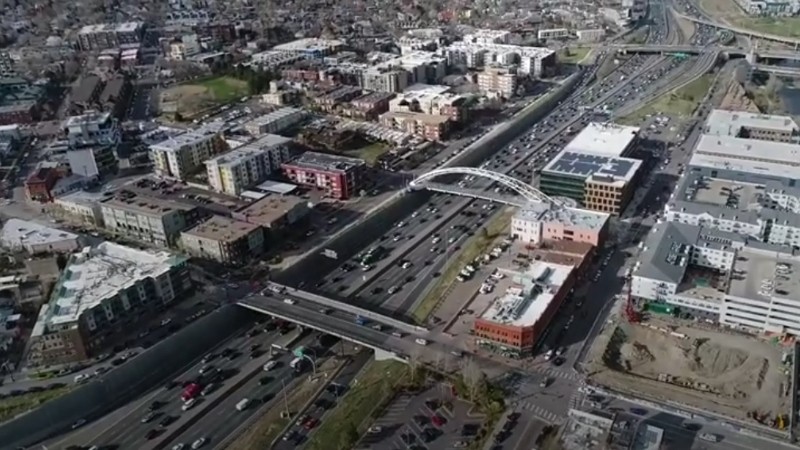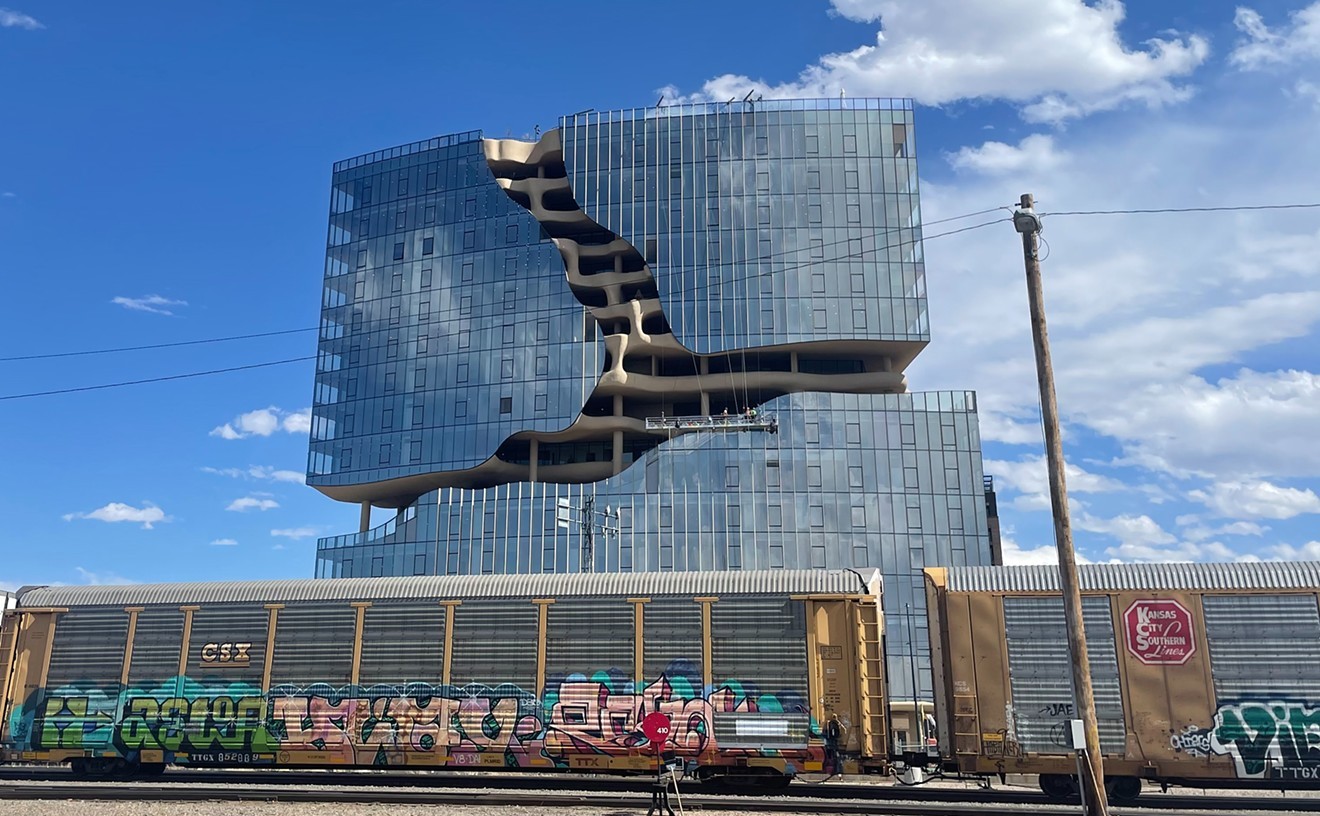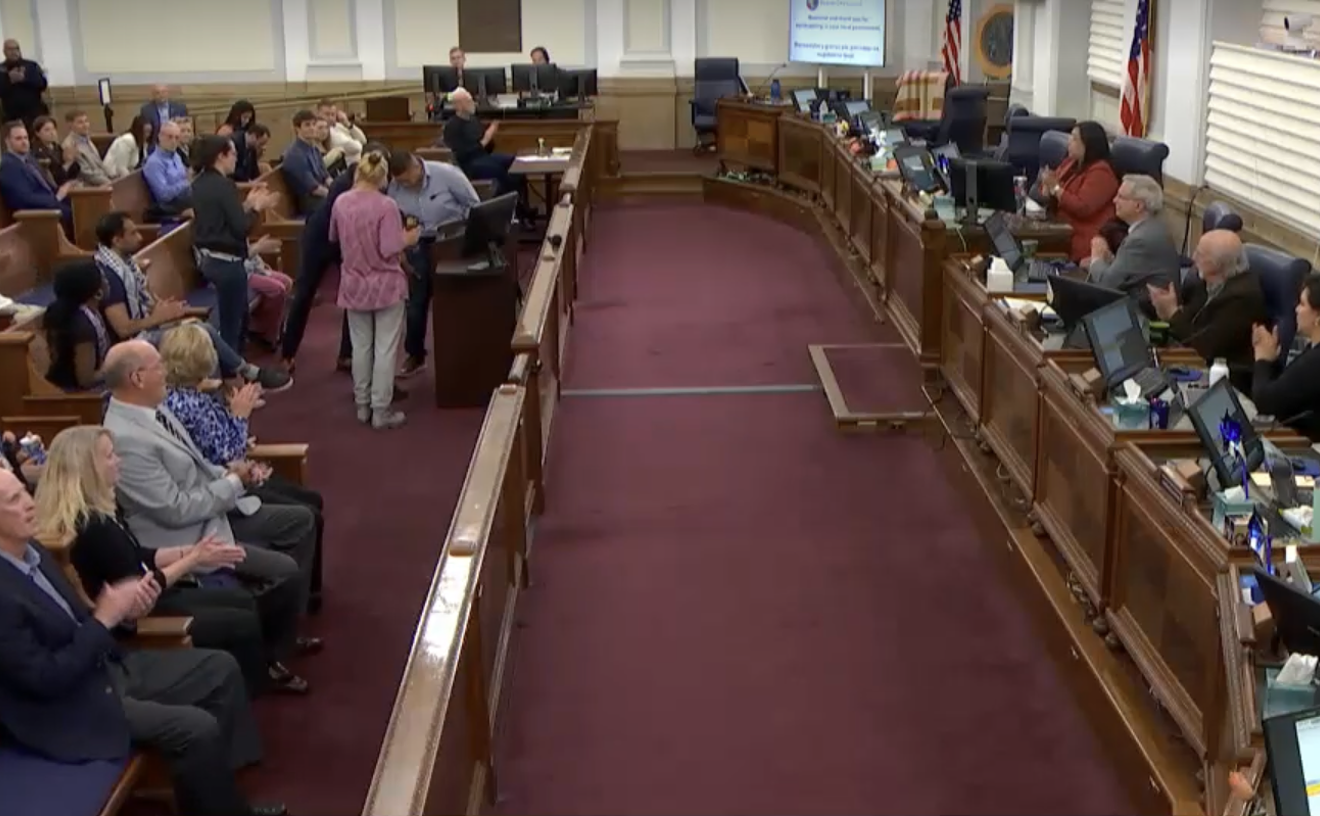But according to Elizabeth Garner, the state demographer for Colorado, such assumptions are misleading, if not outright wrong. The numbers she's collected show that while Colorado's population is increasing, the pace is much slower than it was toward the end of the twentieth century, and the distribution of new residents, as well as the economic expansion they inspire, is extremely uneven, with the urban corridor anchored by Denver seeing significant gains even as many other areas of the state are stagnating or experiencing declines.
Garner, whose office falls under the Department of Local Affairs, believes Colorado needs to start planning for the future with these nuances in mind. But promoting policies that prepare the state for the repercussions of growth that's both erratic and slower than most people realize is made more difficult by the failure of press outlets in metro Denver to convey the true complexity of the situation.
"What's hard is that the media has this conception that we're exploding in growth, when we have not been exploding since the ’90s," she says. "We need to kind of get over that."
Colorado population statistics for 2019 and 2020, along with the forecast for 2030, offer an angle on the current picture. The number of residents age seventeen and under, a key indicator of long-term growth, actually fell statewide from 2019 to 2020, and the total isn't expected to bump up much over the next decade. And while Colorado gained more folks between eighteen and 24 over that span, the bump was small compared to those among older groups. That's a recipe for an aging population rather than a burgeoning one.
Here are the numbers:
Population Estimates by Age
Total
2019: 5,734,932
2020: 5,782,902
2030 Forecast: 6,499,620
0-17
2019: 1,255,578
2020: 1,248,342
2030 Forecast: 1,257,273
18-24
2019: 558,558
2020: 561,195
2030 Forecast: 598,936
25-44
2019: 1,651,036
2020: 1,670,198
2030 Forecast: 1,924,833
45-64
2019: 1,429,911
2020: 1,430,818
2030 Forecast: 1,531,521
65+
2019: 839,849
2020: 872,349
2030 Forecast: 1,187,057
A broader look at Colorado's growth reveals additional reasons for confusion.
"Over the last decade, from 2010 to 2020, our population increased by 744,000," Garner notes. "That's a 14 percent growth rate compared to the U.S. overall, which had a 7 percent growth rate. There were also three states plus Puerto Rico that saw population declines — and when we look at congressional seats, we have to remember that it's a relative share. The amount of those congressional seats doesn't change over time; it's just a reshuffling. So Colorado got a new congressional seat because it was growing, while other states were growing more slowly or were declining."
Still, Garner continues, "the growth we forecast for Colorado in 2010 was actually less than what we had forecasted by the time we got to 2020 — not by a ton, but it was definitely slower." Moreover, the numbers came up well short of those from the 1990s. Back then, she says, "we grew by over a million people, and we had a 3.3 annual growth rate. From 2010 to 2020, our 14 percent increase resulted in a 1.4 annual growth rate. So the growth rate was less than half of the one in the ’90s, and there were about 300,000 fewer people."
When viewed in this context, the 14 percent growth from 2010 to 2020 "was what we would consider normal for Colorado," she contends. "Even though we definitely had counties declining in population, it was about the same number we had in the previous decade: sixteen counties declined between 2010 and 2020, and seventeen declined between 2000 and 2010. But what was unique is that 95 percent of the growth was along the Front Range. We anticipated this growth, but maybe roads and other infrastructure and housing didn't keep up with it because we didn't plan well."
Economic cycles contributed to this problem. "The Great Recession threw us for a loop," she says. "Because of that, we didn't really build from 2009 to 2015. In 2016, it started up again, and now we're about where we should have been, and we're still building. But we don't want to go overboard in terms of construction and throw ourselves into another tailspin. The question is: How do you build enough but not too much? That's hard. But we're forecasting continued growth in Adams County, Weld County and El Paso County."
In contrast, Garner stresses, population and economic declines are underway in "the northwest and southeast parts of the state, including places like the San Luis Valley. And they're going to be challenged with that slowdown, because they have to provide goods and services to the same number of people with a declining base. They have to think: How can we keep funding our roads and bridges? How do we keep schools and health-care centers open when we have fewer and fewer people here to support them?"
As a state, Garner believes, "we have to help areas that are growing with affordable housing plans and roads and bridges. But in areas that are declining, we also have to help maintain resources."
And both of these tasks must be conducted at exactly the same time.
This is the first in a series of posts about growth in Colorado.













